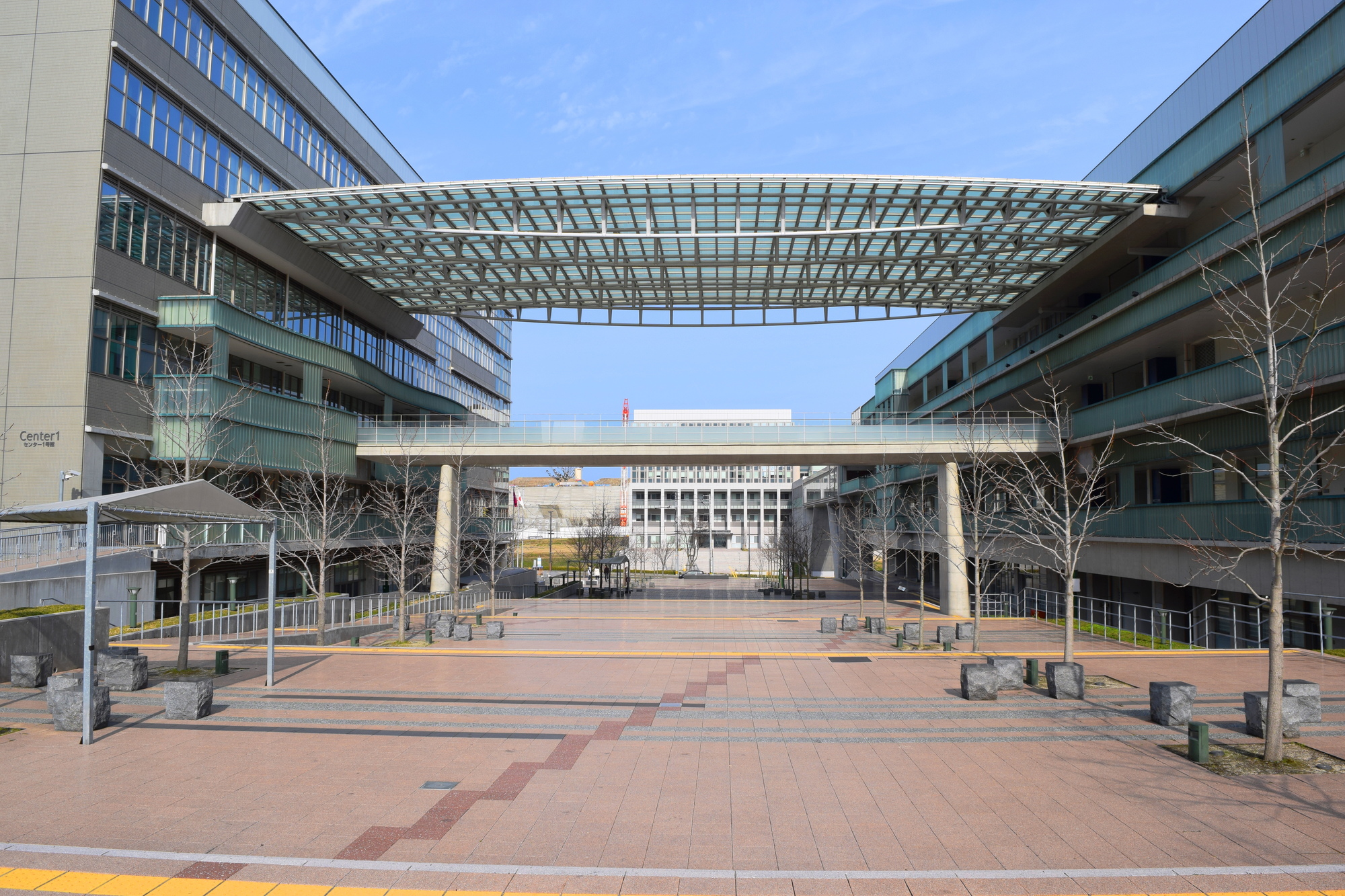Research groups such as Kyushu University and Hiroshima University have succeeded in developing a "localized plasmon sheet", which has made it possible to visualize the nanointerface with a thickness of about 10/1 of the thinnest observed thickness so far.
The minimum size of a point where light is collected by a lens is about the wavelength of light, and structures below the wavelength of light cannot be observed with a normal optical microscope.Development of a super-resolution microscope having a resolution (resolution) exceeding this limit point (diffraction limit of light) is currently underway all over the world.
On the other hand, apart from the resolution in the observation surface, a total internal reflection fluorescence microscope is generally used as a technique for thinning the observation area in the depth direction (thickness), and the observation thickness is about 100 nanometers.The "localized plasmon sheet" developed by this research group has succeeded in observing areas thinner than this.
Localized plasmon sheet is a single-layer sheet with a structure in which metal nanoparticles are regularly arranged.When the metal nanoparticles are irradiated with light, a large photoelectric field is formed in the immediate vicinity (localized surface plasmon).Utilizing this phenomenon, the localized plasmon sheet can remarkably enhance only the emission of fluorescent molecules at a distance of about 10 nanometers from the sheet.
Using the localized plasmon sheet as an observation base, high-resolution imaging of the nano-interface structure to which cells adhere and high-speed observation of the movement of molecules inside the cells can be performed with a general-purpose fluorescence microscope possessed by almost all biochemical laboratories. You can do it below.
This technology, which makes super-resolution fluorescence imaging more accessible than complicated and expensive super-resolution microscopes, is expected to become the standard technology for biochemical and medical researchers around the world.
Paper information: [Scientific Reports] High-resolution imaging of a cell-attached nanointerface using a gold-nanoparticle two-dimensional sheet


